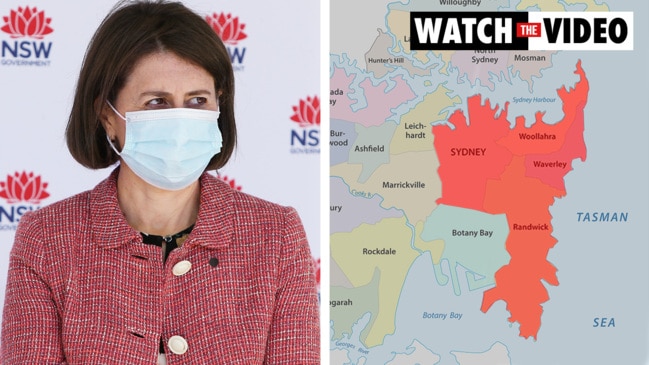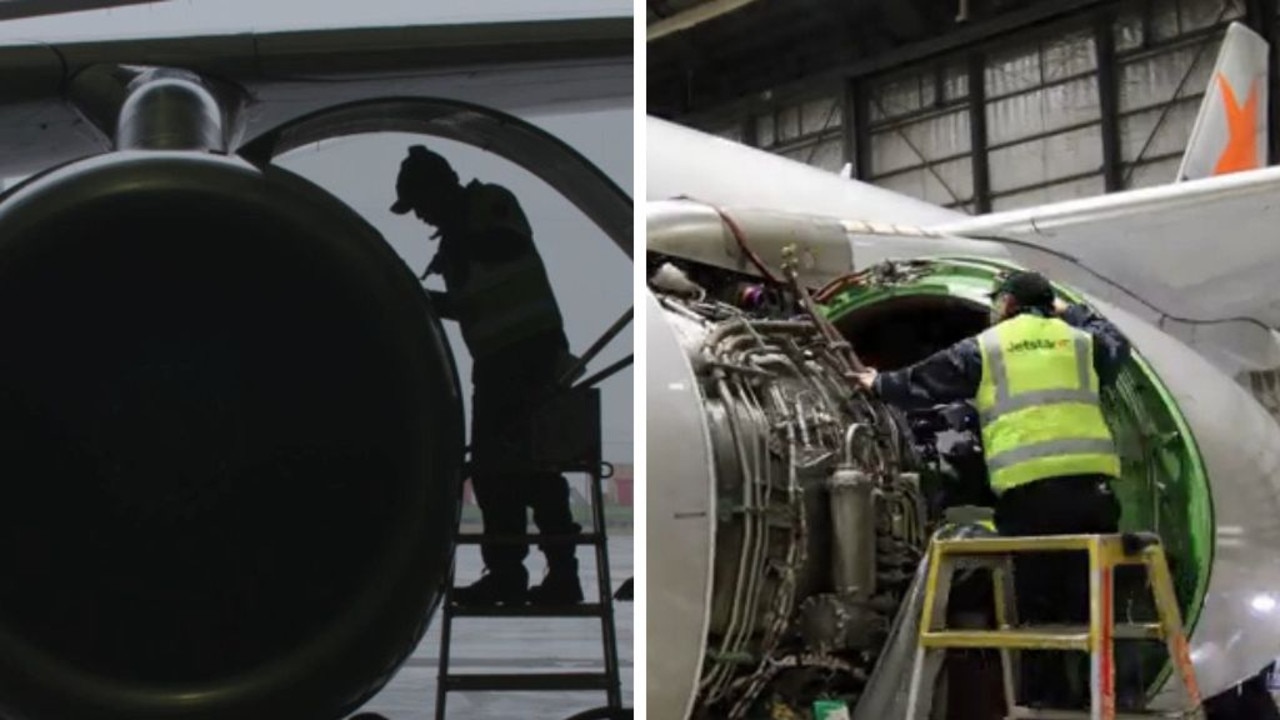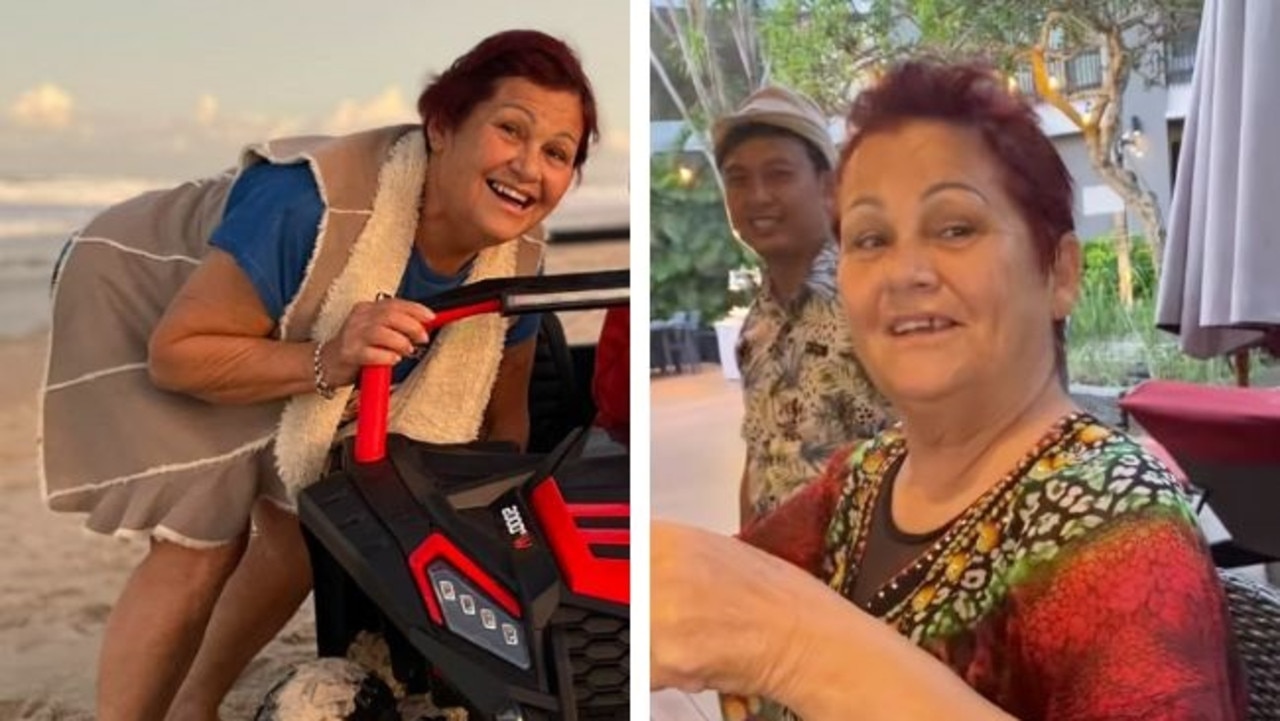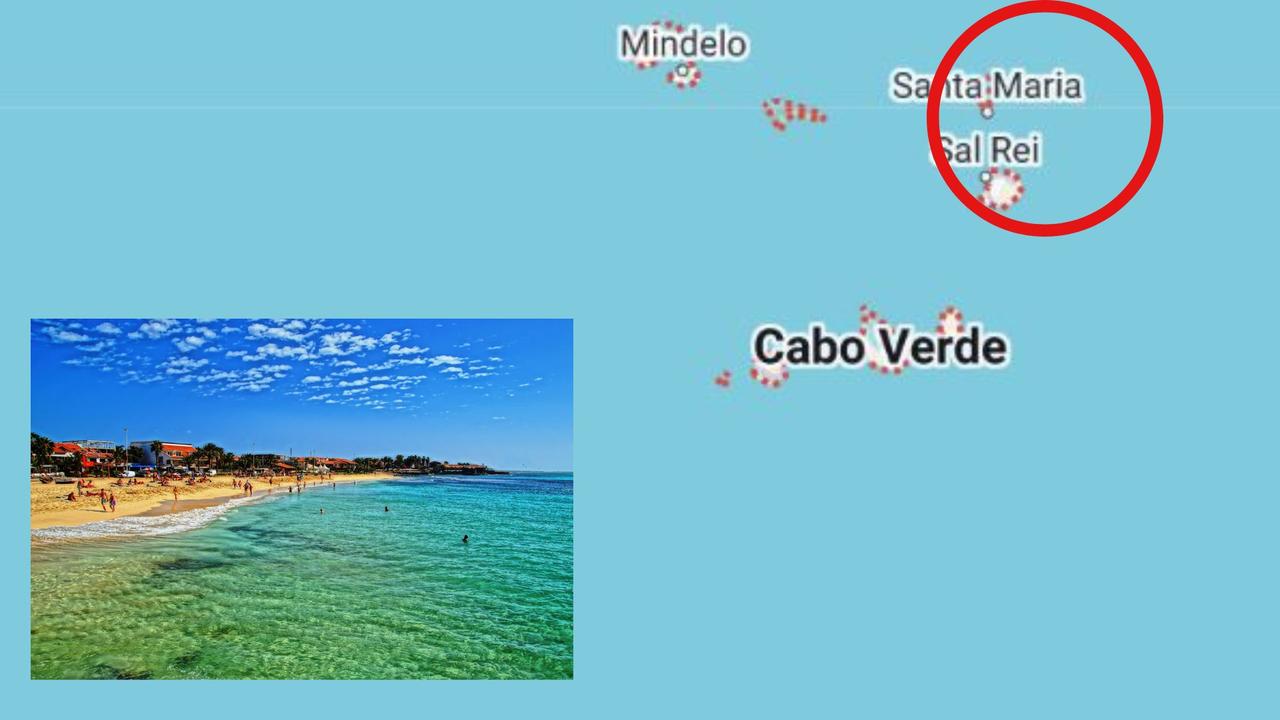Sydney travel bans: Where you can and can’t go
The Queensland Government has issued strict new lockdown orders for people who have recently been to parts of Sydney.

People in Queensland who have recently been in the four Sydney council areas going into lockdown this weekend will have to comply with the same stay-at-home order north of the border, the state government has announced.
NSW Premier Gladys Berejiklian has today ordered a one-week lockdown for people who live and work in the local government areas of Woollahra, Waverley, Randwick and City of Sydney as the state combats a worrying Covid-19 outbreak.
On Friday afternoon, Queensland Health said NSW’s stay-at-home order also applied to anyone in Queensland who has been in any of those four areas since June 11.
This applies to returning Queenslanders as well as interstate travellers.
“If you have been to one of the four local government areas, from 1am tomorrow, 26 June, you must stay where you are and only leave for the permitted purposes,” chief medical officer Dr Jeannette Young said.
“But I’m asking you to be sensible – if you’re one of these people, please don’t rush off to another location on holiday – if you do, you’ll still need to follow these rules wherever you are.”

Dr Young said she was now backdating the hotspot declaration for Woollahra, Waverley, Randwick and City of Sydney to 1am on June 11.
“The means any Queensland residents returning home after 1am tomorrow who have been in these hotspot LGAs in the past 14 days will go into hotel quarantine,” she said.
“Any other travellers who have been in these hotspot LGAs in the last 14 days will not be allowed to enter Queensland except for a limited range of essential reasons.”
Dr Young also said people moving between the cross-border zones of NSW and Queensland had to complete a Queensland Travel Declaration from 1am on Monday, June 28.
LOCKDOWN FOR PARTS OF SYDNEY
NSW Premier Gladys Berejiklian has revised the travel restrictions imposed on certain Sydney local government areas, with four regions ordered into a lockdown.
Speaking to media on Friday, Ms Berejiklian said while seven LGA’s previously mentioned couldn’t leave the Sydney metro area, residents in four of those areas – being City of Sydney, Randwick, Woollahra and Waverley – will enter a lockdown for one week.
“So in the four local government council areas of Woollahra, Waverley, Randwick and the City of Sydney – if you live in those Local Government Areas, you need to stay
at home unless absolutely necessary,” Ms Berejiklian said.
“The necessary reasons include – if you can’t work from home and you have to work outside of home. If you can’t get educated at home and you have to get educated outside of home. If you exercise outside, although we don’t want any more groups than ten. And if you need to
provide care or compassion to a relative. And fourthly, of course, if you need to buy essential goods or services.
“So these are the only reasons we want anybody who lives or works in those four local government areas to leave their home.”

NSW has recorded its biggest daily increase in covid cases since the latest outbreak began, with the Sydney cluster rising to 70.
NSW has recorded 22 new locally acquired infections, there were 11 locally acquired cases in the 24 hours to 8pm last night, six of those were announced yesterday.
There were also 17 locally acquired cases confirmed after the official reporting period and will be included in tomorrow’s numbers.
Currently anyone living in one of the seven LGA’s – being City of Sydney, Waverley, Randwick, Canada Bay, Inner West, Bayside, and Woollahra local government areas – could no longer travel outside metropolitan Sydney.
Where is Greater Sydney and Sydney Metro?
The boundaries of the ‘Sydney metro area’ are defined as the Hawkesbury/Nepean River in the north/north west, and then the outer boundaries of the City of Penrith, Camden Council, the City of Campbelltown and Sutherland Shire.
Greater Sydney stretches from the Hawkesbury to the Northern Beaches regions in the north, to the Blue Mountains in the west, and the Wollondilly, Campbelltown and Sutherland regions in the south.
Around the country, states and territories have been quick to slap new border restrictions on travellers coming from certain areas of Sydney.
Queensland Premier Annastacia Palaszczuk announced her state will close its borders to people from Greater Sydney, the Central Coast, Blue Mountains, Wollongong and Shellharbour.

From 1am this morning, anyone travelling from those areas will be refused entry, unless they have an exemption.
From 1am on Friday, Queenslanders returning home from Greater Sydney, the Central Coast, Blue Mountains, Wollongong and Shellharbour will have to go into a mandatory 14 days of hotel quarantine.
Residents and people who have spent time in those regions will not be able to enter Queensland unless they have an exemption.
Ms Palaszczuk said Queensland couldn’t afford to have Covid-19 infiltrate the state as further restrictions ease on Friday, and has urged Queenslanders to reconsider any travel to Greater Sydney.
In Western Australia, Premier Mark McGowan has slammed the border shut to the whole of NSW.
That means travel into Western Australia from NSW will no longer be permitted, effective immediately, unless you are an exempt traveller.
Victoria’s chief health officer Brett Sutton announced on Wednesday that a change of Victoria’s borders was required in light of the unfolding covid situation in NSW.
Mr Sutton declared seven local government areas in NSW as “red zones” under the state’s travel permit system, effective from 1am on Wednesday.


Victorian residents who have travelled within one of those red zones (other than for transit) can obtain a permit to re-enter the state but they must quarantine at home for 14 days.
If you are a non-Victorian resident and have been within a red zone (other than for transit), “you cannot enter Victoria”.
South Australia has introduced a hard border with NSW, with travellers who have been anywhere in NSW in the 14 days before their arrival – but not before June 11 – unable to enter.
However, a 100km buffer zone is in place for people living near the border, including Broken Hill.
In Tasmania, the same seven Local Government Areas in Sydney are now declared high risk by the Tasmanian director of public health.
Anyone who has been in these high-risk LGAs on or since June 11, 2021 will not be allowed to enter Tasmania unless approved by the deputy state controller.
Tasmanians returning home who have been in any of these high-risk LGAs will be required to quarantine for 14 days at a suitable premises.
The Northern Territory has declared three new Covid-19 hot spots in New South Wales, with anyone arriving from Greater Sydney, the Blue Mountains or Wollongong now needing to go into mandatory quarantine at their own cost.
NT Health Minister Natasha Fyles said anyone who had travelled to the Northern Territory from NSW, or who was wanting to fly in, would need to be aware of the new hot spot quarantine requirements.
– More to come




